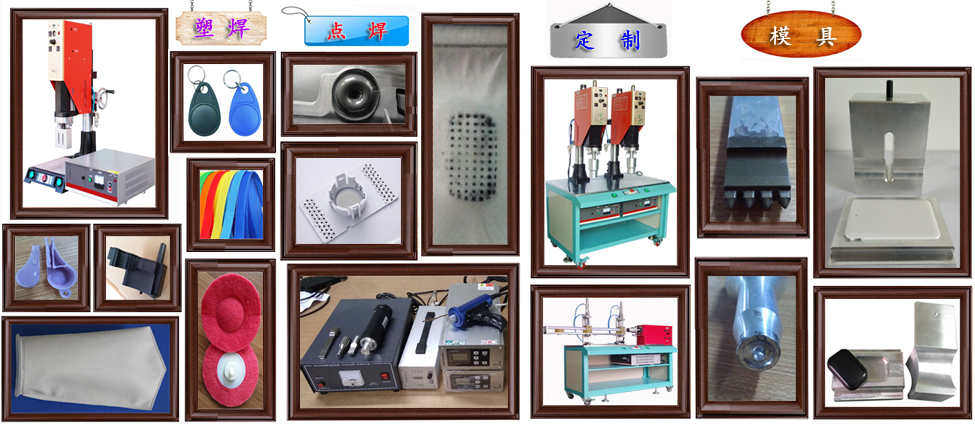超聲波塑膠焊接原理:
Principle of Ultrasonic Plastic Welding:
超聲波塑膠焊接有發(fā)生器產(chǎn)生20KHZ(15KHZ或40KHZ)的高壓、高頻信號(hào)、通過(guò)換能系統(tǒng),把信號(hào)轉(zhuǎn)換為高頻機(jī)械震動(dòng),加壓與塑焊制品工件上,通過(guò)工件表面及內(nèi)在分子間的摩擦而使傳到接口處的穩(wěn)定升高,當(dāng)穩(wěn)定到此工件本身的熔點(diǎn)時(shí),使工件接口迅速熔化,繼而填充于接口間的空隙,當(dāng)震動(dòng)停止,工件同時(shí)在一定的壓力下冷卻定形,達(dá)到完美的焊接。
The generator produces 20KHZ(15KHZ or 40KHZ)high-volage and high-frequency signal and translates it via a transducer into high-frequency mechanical vibration, which is exerted to the articles to be plastic-welded. The friction on the surface of the articles and the molecules inside leads the temperature at the interface to rise to their melting point, so that the interface of the articles melts quickly and the void between their interfaces is filled. When vibration stops, the articles get cooled and shaped at some pressure, which can make the welding perfect.
超聲波塑膠焊接機(jī)在焊接塑料制品時(shí),既不要添加任何粘接劑、填料或溶劑,也不消耗大量熱源,具體操作簡(jiǎn)便、焊接速度快、焊接強(qiáng)度高、生產(chǎn)效率高等優(yōu)點(diǎn)。因此超聲波焊接技術(shù)越來(lái)越廣泛地獲得應(yīng)用。
While ultrasonic plastic welder is welding plastic products, it neither needs to add any adhesive, nor consumes a large deal of heat. This welder enjoys easy and quick operation, high strength and productivity. Therefore, the technology of ultrasonic welding is more and more widely applied in practice. |

